While tech history predominantly celebrates male innovators, women have been the foundational—yet often overlooked—architects of computing since its inception.
From Ada Lovelace’s pioneering algorithm to Fei-Fei Li’s groundbreaking AI research, these women overcame systemic gender and racial barriers to create foundational technologies, including WiFi, programming languages, and search engines. Their stories expose the glaring gaps in our whitewashed tech histories. These are the women who coded our systems, connected our world, and quietly revolutionized modern computing.
Ada Lovelace (1815–1852): The First Computer Programmer
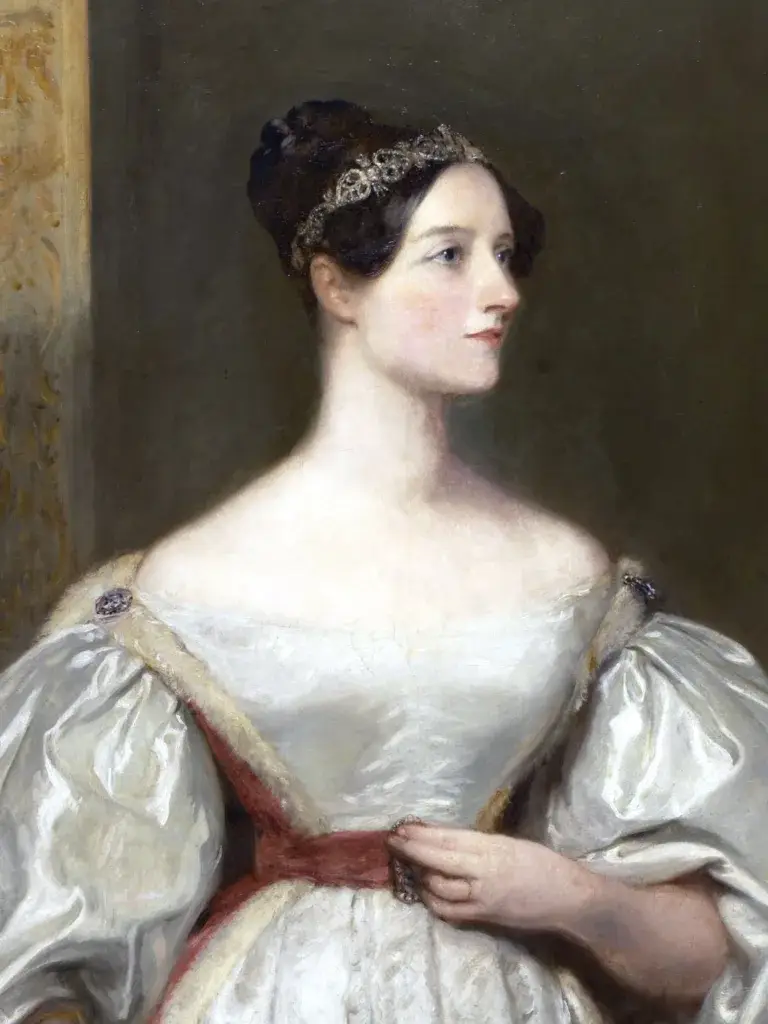
English mathematician Ada Lovelace (born Augusta Ada King, Countess of Lovelace) overcame 19th-century gender barriers to become the first computer programmer. Her 1843 algorithm for Charles Babbage’s Analytical Engine—a mechanical computer prototype—proved machines could solve complex problems beyond calculation. Though never built, her work established her as the first programmer, envisioning computing’s potential a century before its realization.
Living Computers: The Women of ENIAC
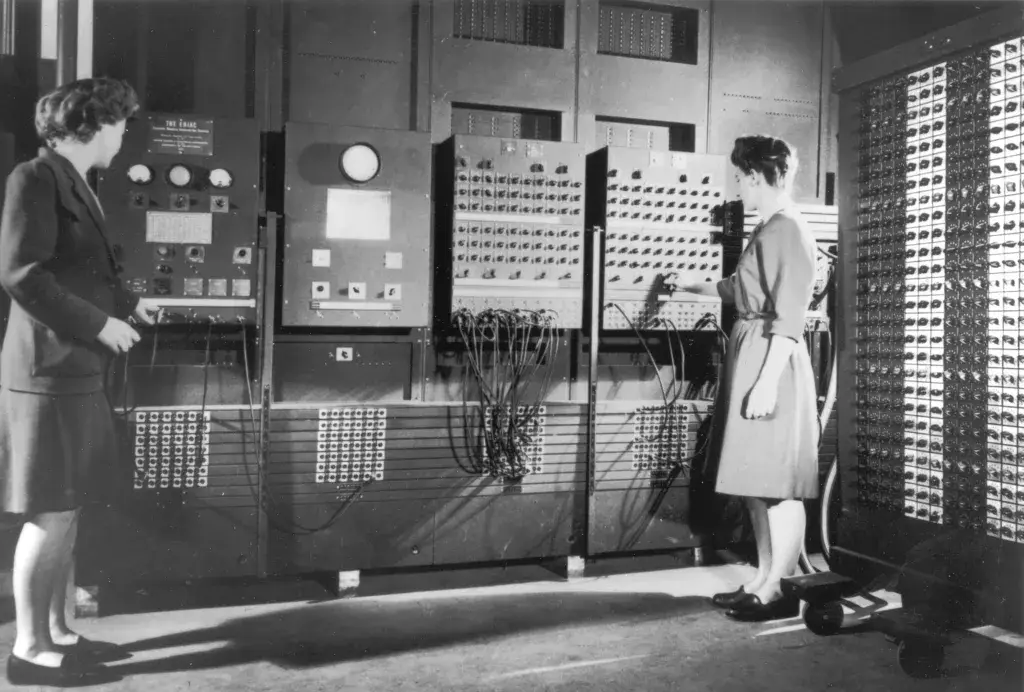
In the 1940s, programming was considered “women’s work“—until six mathematicians (Kay McNulty, Marlyn Wescoff, Fran Bilas, Ruth Lichterman, Adele Goldstine, and Betty Snyder) redefined it. Hired as human “computers” for WWII ballistic calculations at the University of Pennsylvania, they instead programmed ENIAC, the first electronic computer, by manually configuring its 3,000 switches.
Their work birthed the first software application, yet they remained unrecognized until their 1997 WITI Hall of Fame induction. These pioneers bridged human calculation to the digital era.
Hedy Lamarr (1914-2000): Mother of WiFi
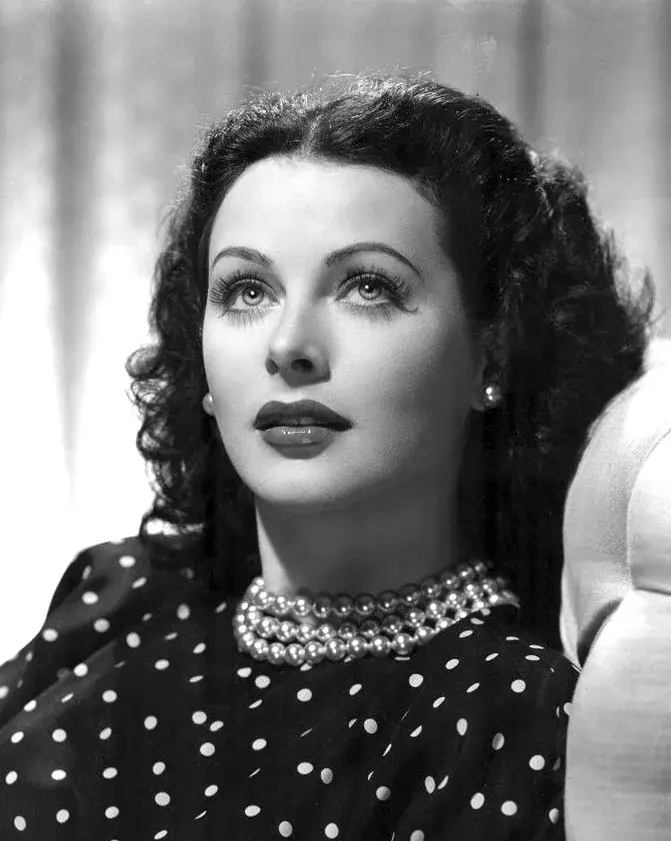
Austrian-American actress Hedy Lamarr was always more than a pretty face. She co-invented frequency-hopping technology during WWII, now foundational to WiFi, GPS and Bluetooth. A childhood tinkerer, she patented a jam-proof torpedo system with George Antheil in 1942. Though ignored for decades, her work earned posthumous recognition, including 2014 induction into the National Inventors Hall of Fame.
Mary Wilkes (1937–): Personal Computing Pioneer
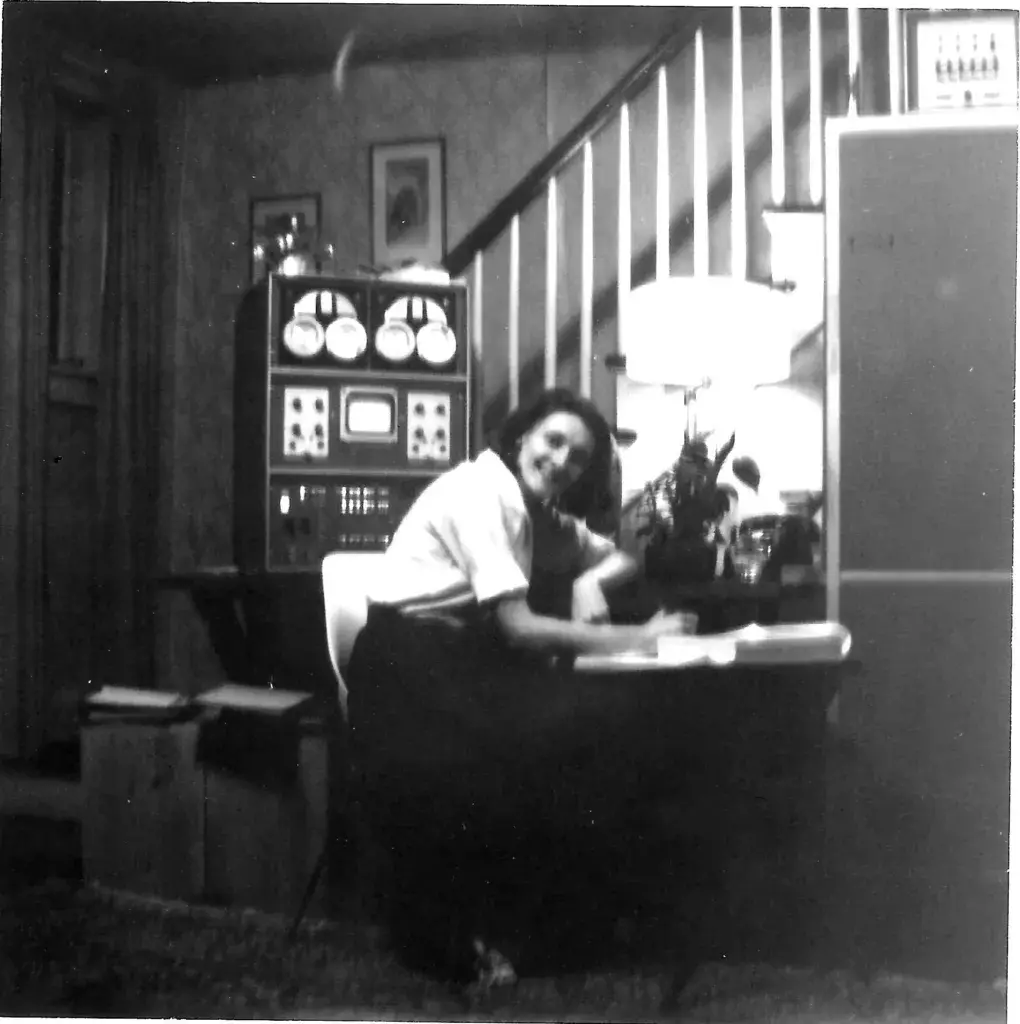
In the early 1960s, Mary Allen Wilkes developed the LINC (Laboratory Instrument Computer) – the first recognizably modern PC – in her Massachusetts home. She programmed the LAP6 operating system and wrote the LINC’s manual, pioneering user-friendly design. After revolutionizing computing, this Harvard Law graduate (1967) became an attorney, bringing tech insight to legal practice.
Grace Hopper (1906-1992): Queen of Code

A trailblazing Navy Admiral and Yale PhD, Grace Hopper revolutionized computing. She programmed Harvard’s Mark I (1940s), created the first compiler (1952), and co-developed COBOL – establishing modern programming. Her legendary career included coining “debugging” (after removing a literal moth) and retiring as the Navy’s oldest officer at 79. Honored with the Presidential Medal of Freedom.
Mary Kenneth Keller (1913-1985): BASIC Access
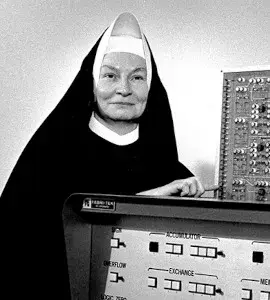
Sister Mary Kenneth Keller made history as the first woman to earn a Ph.D. in computer science (University of Wisconsin, 1965). With degrees in mathematics and physics, she joined Dartmouth College—breaking its “men-only” policy—to help develop BASIC, the revolutionary beginner-friendly programming language that democratized coding. A visionary in AI and education, she later founded Clarke College’s computer science department, leading it for 20 years.
Adele Goldberg (1945–): Godmother of GUI
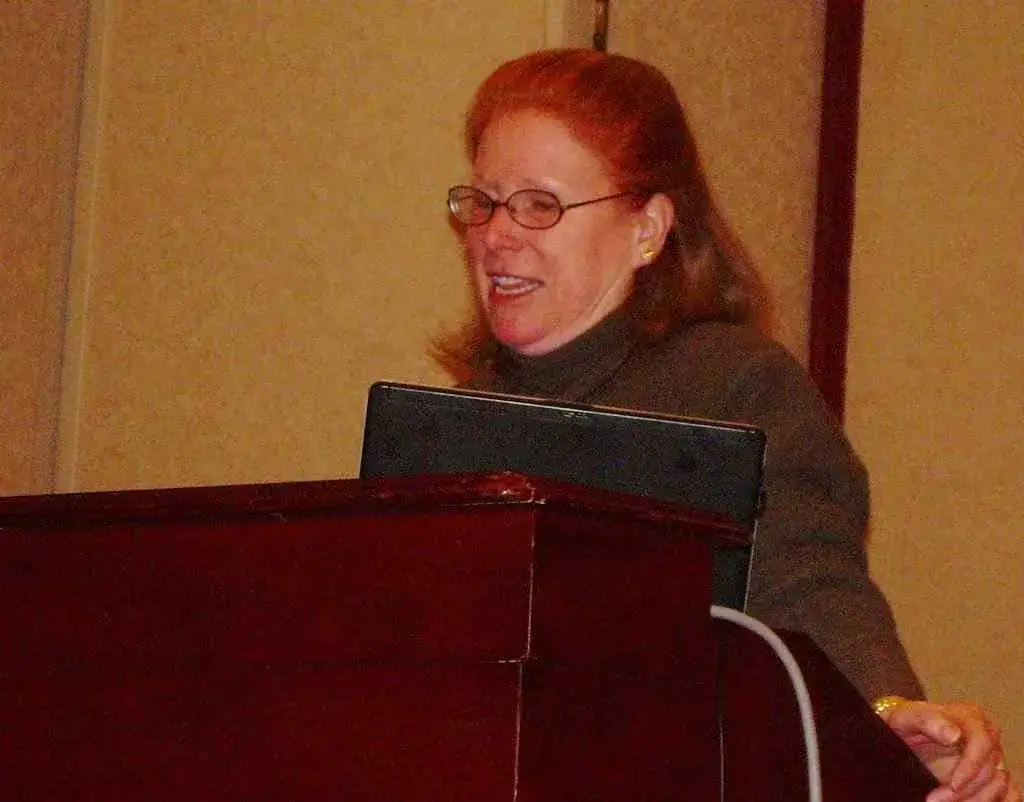
Computer scientist Adele Goldberg, a Xerox Palo Alto Research Center (PARC) researcher in the 1970s, co-developed Smalltalk-80 — the first programming language with a graphical user interface (GUI). Her team’s innovations, including windows and icons, inspired Apple’s Macintosh after a pivotal demo to Steve Jobs. Goldberg’s GUI work remains her defining legacy, transforming human-computer interaction.
Radia Perlman (1951–): Mother of the Internet
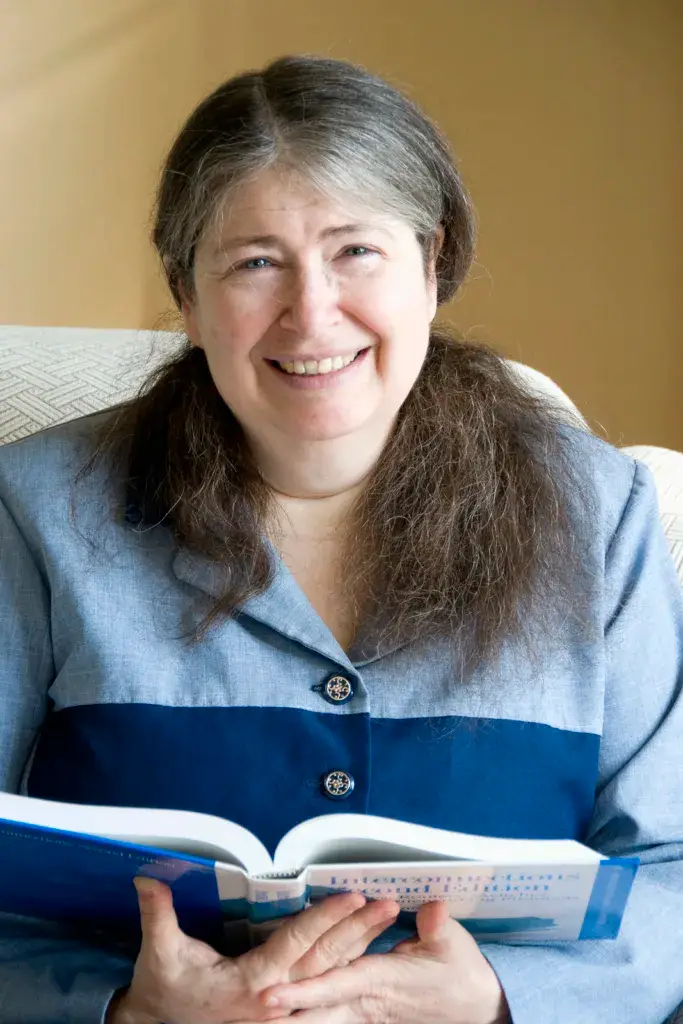
Network engineer Radia Perlman earned her “Mother of the Internet” title by inventing the Spanning-Tree Protocol (STP) in the 1980s, which became fundamental to modern network routing. The MIT PhD graduate (1988) later developed TRILL to improve STP’s scalability. Her innovations extend beyond networking – she created the TORTIS programming language for children in the 1970s. Now at Intel, she holds over 100 patents and has shaped internet infrastructure through both technology and textbooks.
Elizabeth Feinler (1931–): Architect of Internet Domains
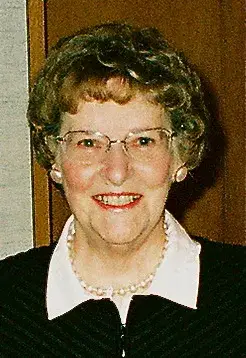
As director of ARPANET’s Network Information Center (NIC) at Stanford Research Institute (1972-1989), Elizabeth “Jake” Feinler pioneered the internet’s addressing system. Her team manually maintained the original internet directories – functioning as human search engines – while developing the domain naming conventions (.com, .gov, .edu) that evolved into today’s DNS.
Karen Spärck Jones (1935-2007): Search Engine Enabler
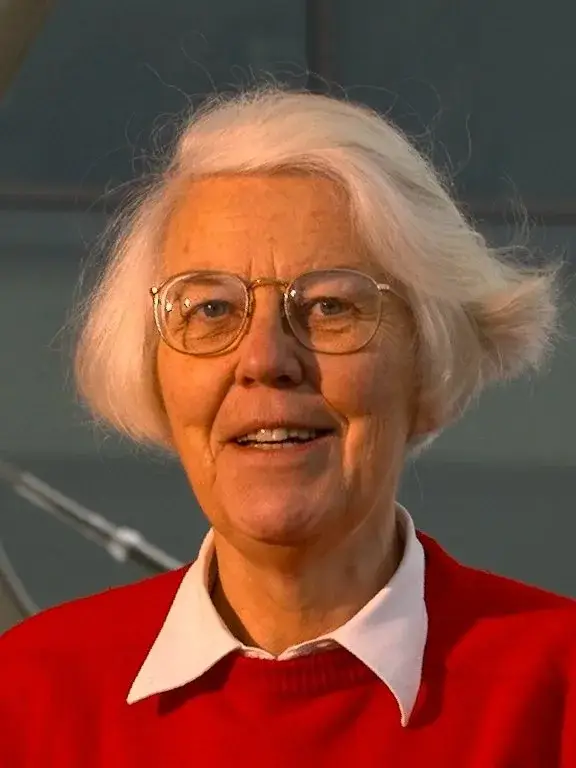
Computer scientist Karen Spärck Jones transformed information retrieval through her Inverse Document Frequency (IDF) algorithm at Cambridge University (1974-2002). This breakthrough enabled search engines to rank results by relevance. Her innovations in term weighting and thesaurus-based word recognition further advanced natural language processing, forming the foundation of modern search technology.
Fei-Fei Li: Shaping Human-Centered AI
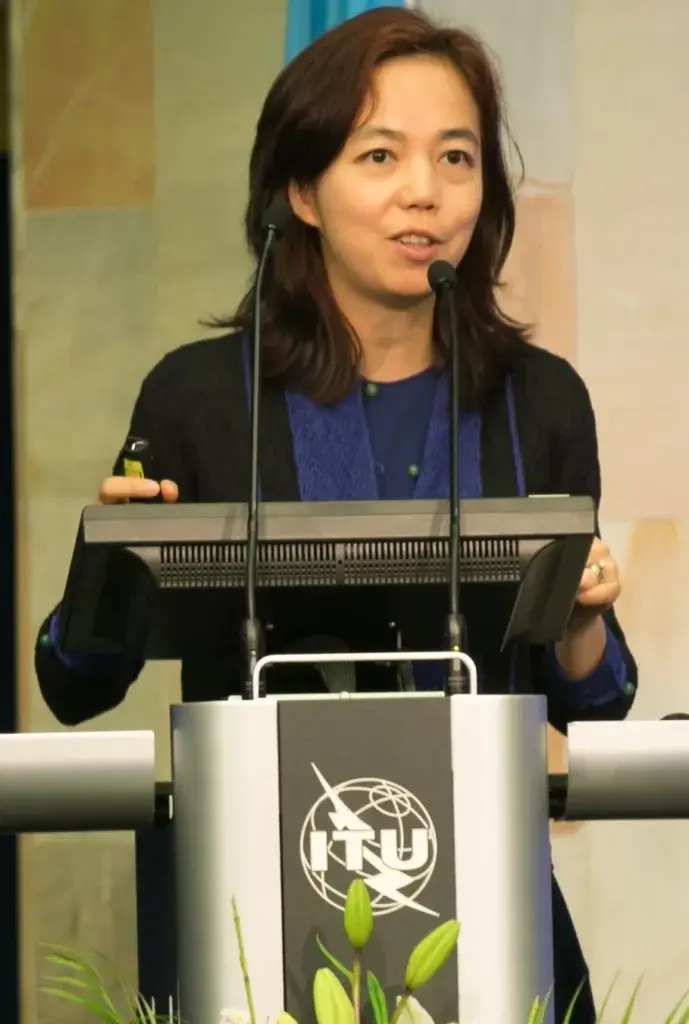
Computer scientist Fei-Fei Li revolutionized artificial intelligence by creating ImageNet (2009), a landmark dataset of 14 million annotated images that transformed deep learning. Born in Beijing and educated in the U.S., this immigrant scholar now co-directs Stanford’s Human-Centered AI Institute, where her computer vision breakthroughs power innovations from medical diagnostics to self-driving cars. Recognized among Time’s 2023 Most Influential People in AI, she leads initiatives like AI4ALL to promote diversity and ethical AI development.

About the Author: Tess Danielson is a journalist and writer focusing on the intersection of technology and society.
Get on our radar for an investment.
Beta Boom invests in founders who don’t fit the traditional Silicon Valley mold.

